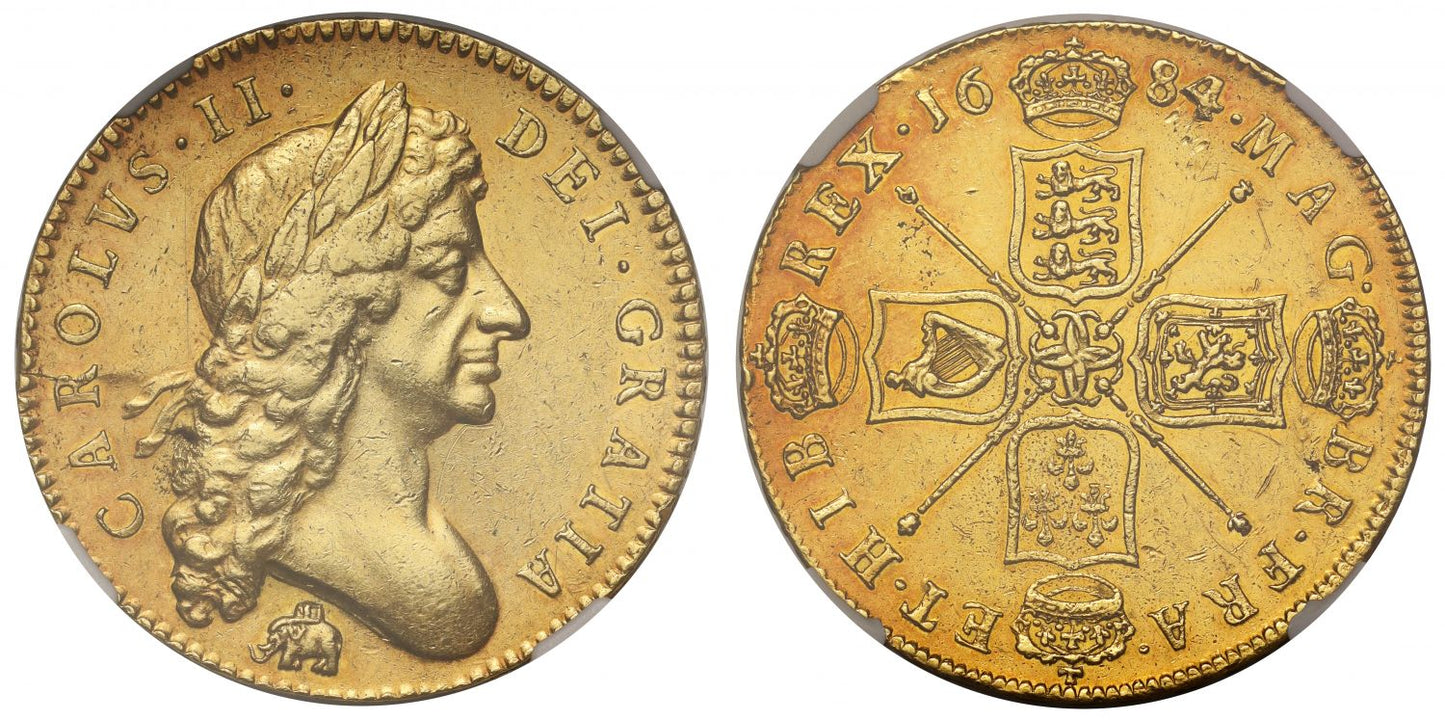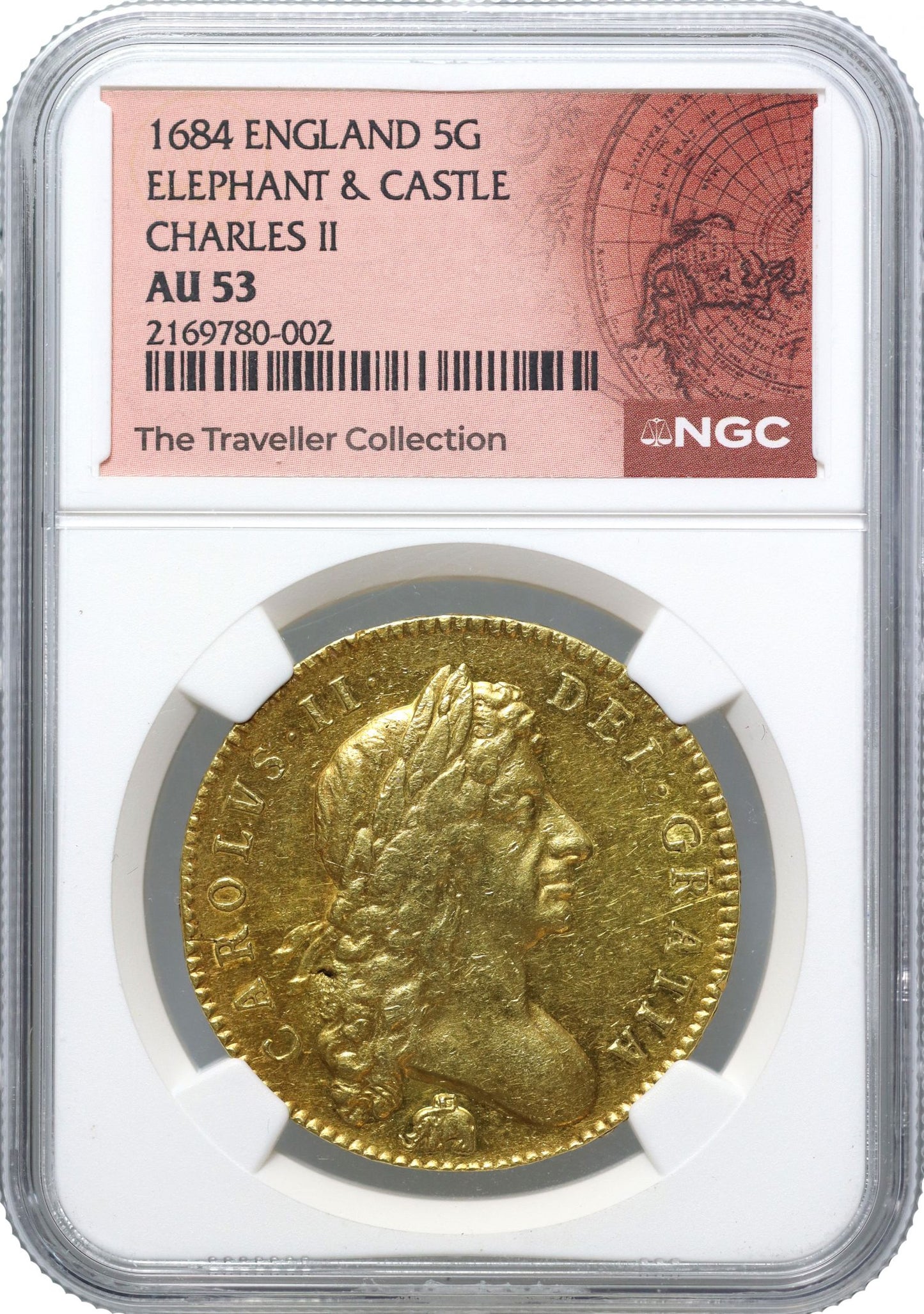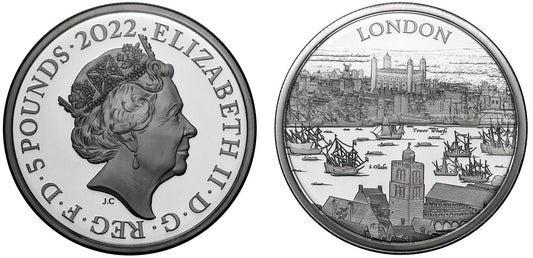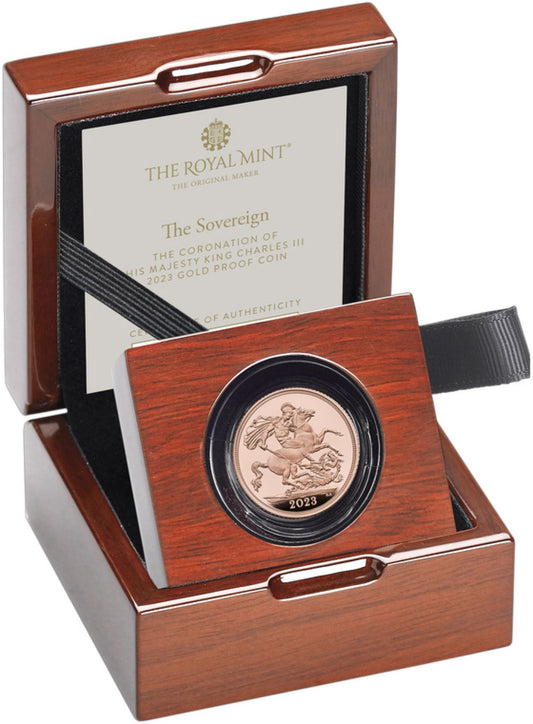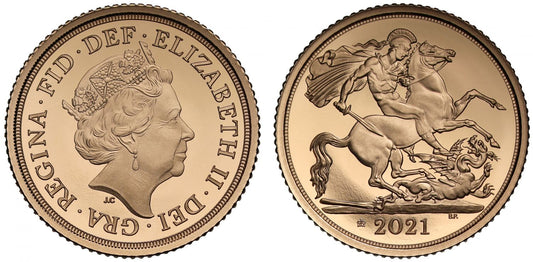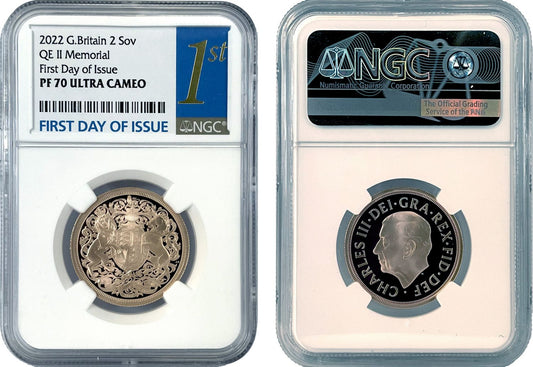FAQs
What makes a coin valuable?
I have coins to sell, what’s the next step?
How will my purchases be shipped?
What happens if I’m not entirely happy with my purchase?
Charles II 1684 Five-Guineas Elephant and Castle NGC AU53 ex Traveller
Charles II (1660-85), gold Five Guineas, 1684, the 4 of date struck over a 3, elephant and castle below, second laureate head right, Latin legend and toothed border surrounding, CAROLVS. II. DEI. GRATIA, rev. crowned cruciform shields, sceptres in angles, four interlinked Cs at centre, date either side of top crown, Latin legend and toothed border surrounding, MAG. BR. FRA. ET. HIB REX., edge inscribed in Latin raised letters, .+.DECVS. ET. TVTAMEN. ANNO. REGNI. TRICESIMO. SEXTO.+. (Schneider 428; Holloway 39; Bull EGC 201; MCE 30; Traveller 2009 this coin; S.3332). Toned with a light red hue, small black metal flaw under ties at rear of head, light wear to highest points, some other light hairline scratches, has been slabbed and graded by NGC as AU53 with special provenance label, the final date of the reign with the elephant and castle mark, rare.
NGC Certification 2169780-002.
The Latin legends translate as on the obverse "Charles the second by the Grace of God," and abbreviated on the reverse as "King of Great Britain, France and Ireland" and finally on edge "an ornament and a safeguard, in the thirty sixth year of his reign" The regnal year was counted from the time his Father Charles I died in January 1648/9.
The elephant and castle provenance mark is indicative of being issued by the "Royal African Company of England" as it had been so reconstructed by the Duke of York from 1672. The "R.A.C." was quite a success trading with Africa and the New World through the 1670s and 1680s. For further reading see the new publication by Graham Birch "The Metal in Britain's Coins" Chapter Three - The Royal African Company and the Golden Guineas p.33-57.
The total gold output for the calendar year 1684 amounted to £284,488, a proportion of which would be the elephant and castle marked coinage.
The "Samuel King" Survey, "The Rarity of Five Guinea Pieces - An Analysis" co-authored by this cataloguer revealed a total of only 33 examples of the 1684 elephant and castle five guinea passing through the British market place in a 45 year period up until 2005. (See Spink Auction catalogue 173, 5th May 2005).
Provenance Story:
This coin has a most intriguing provenance being hidden away in a European family collection since before World War II. The "Traveller" was a wealthy gentleman who having inherited a portion of a successful family company, made a fortune by promptly selling it and then travelled the world on what was in part an extended honeymoon for the decade between the Wall Street Crash of 1929 and the outbreak of World War II. With the financial instability of the great depression and after dabbling at first with gold bullion, he decided to form an enormous collection of world gold coins from ancient to modern whilst travelling the world to see the relevant dealers in their geographical locations to find the most appropriate coins. The result was a collection of some 15,000 coins, 1,700 of which we are told are British, with all going into secure hiding as of 1940 when the nazi regime encroached on where our traveller was located. Sadly, the collector died of a stroke with the stress of the world situation at this time and the collection remained hidden away for decades, stored carefully in individual envelopes in cigar boxes within locked aluminium strongboxes, that were buried in the ground in a field at the collector's property. His wife carried the secret of the burial location for the decades following and reaching the end of her life some 50 years later divulged the secret to her only daughter, whereupon in the 1990s the family retrieved all the coins intact and secured them safely in a bank vault until it was time to sell by auction in 2025. Though we often hear of buried treasure or hoards of coins from antiquity in the ground, it is not often we hear of a sophisticated coin collection actually being buried for decades, an intriguing story to permanently associate with coins of the Traveller provenance which has been written about in newspapers and online worldwide. We are lucky enough to have secured a small number of rare British coins from this esteemed collection.
Provenance:
Ex E. Fletcher Collection of English Gold Coins, Glendining, 13th December 1937, lot 159.
Ex The Traveller Collection.
FAQs
What makes a coin valuable?
I have coins to sell, what’s the next step?
How will my purchases be shipped?
What happens if I’m not entirely happy with my purchase?
